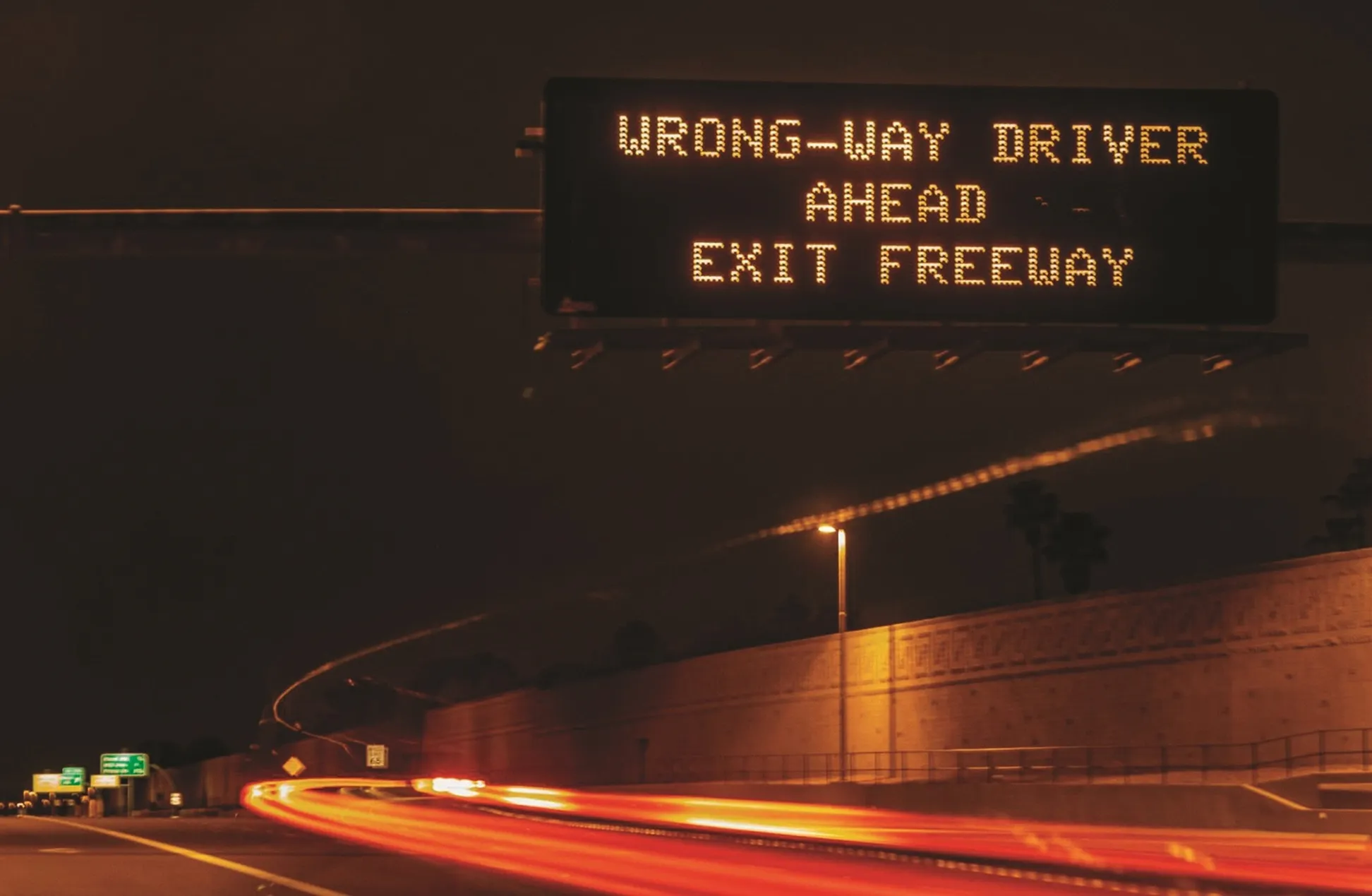The High Commission for the Development of Arriyadh (HCDA) in Riyadh, Saudi Arabia, has established a control and monitoring room as part of its road project to monitor all systems within the project and provide up to date status.
The control room, which joins the extensions of Abu Bakr Al-Siddiq Road and Oruba Road across Riyadh airbase, includes advanced traffic management systems to monitor the city’s main roads which are equipped with 22 variable message signs, 161 regulatory speed signs and automati
July 9, 2014
Read time: 2 mins
The High Commission for the Development of Arriyadh (HCDA) in Riyadh, Saudi Arabia, has established a control and monitoring room as part of its road project to monitor all systems within the project and provide up to date status.
The control room, which joins the extensions of Abu Bakr Al-Siddiq Road and Oruba Road across Riyadh airbase, includes advanced traffic management systems to monitor the city’s main roads which are equipped with 22 variable message signs, 161 regulatory speed signs and automatic traffic monitoring systems that include 260 static cameras and around 34 mobile cameras. The project is also equipped with vehicle count sensors to count vehicles and detect average speed and speed violations.
The control room also monitors three tunnels, including the safety systems and 120 direction and route signs in the tunnels. The tunnel safety systems include light intensity sensors inside the tunnels, traffic counting sensors, variable-message signs at the tunnels’ entrances, ventilation equipment, 58 emergency call centres, surveillance cameras along the tunnel, alarm bells and escape gates with lights across the tunnel’s tracks.
“This room has several vital tasks and it works around the clock to ensure security and safety along the roads and their vicinity and to manage the project’s smart systems and equipment,” HCDA said in a statement.
The control room, which joins the extensions of Abu Bakr Al-Siddiq Road and Oruba Road across Riyadh airbase, includes advanced traffic management systems to monitor the city’s main roads which are equipped with 22 variable message signs, 161 regulatory speed signs and automatic traffic monitoring systems that include 260 static cameras and around 34 mobile cameras. The project is also equipped with vehicle count sensors to count vehicles and detect average speed and speed violations.
The control room also monitors three tunnels, including the safety systems and 120 direction and route signs in the tunnels. The tunnel safety systems include light intensity sensors inside the tunnels, traffic counting sensors, variable-message signs at the tunnels’ entrances, ventilation equipment, 58 emergency call centres, surveillance cameras along the tunnel, alarm bells and escape gates with lights across the tunnel’s tracks.
“This room has several vital tasks and it works around the clock to ensure security and safety along the roads and their vicinity and to manage the project’s smart systems and equipment,” HCDA said in a statement.










